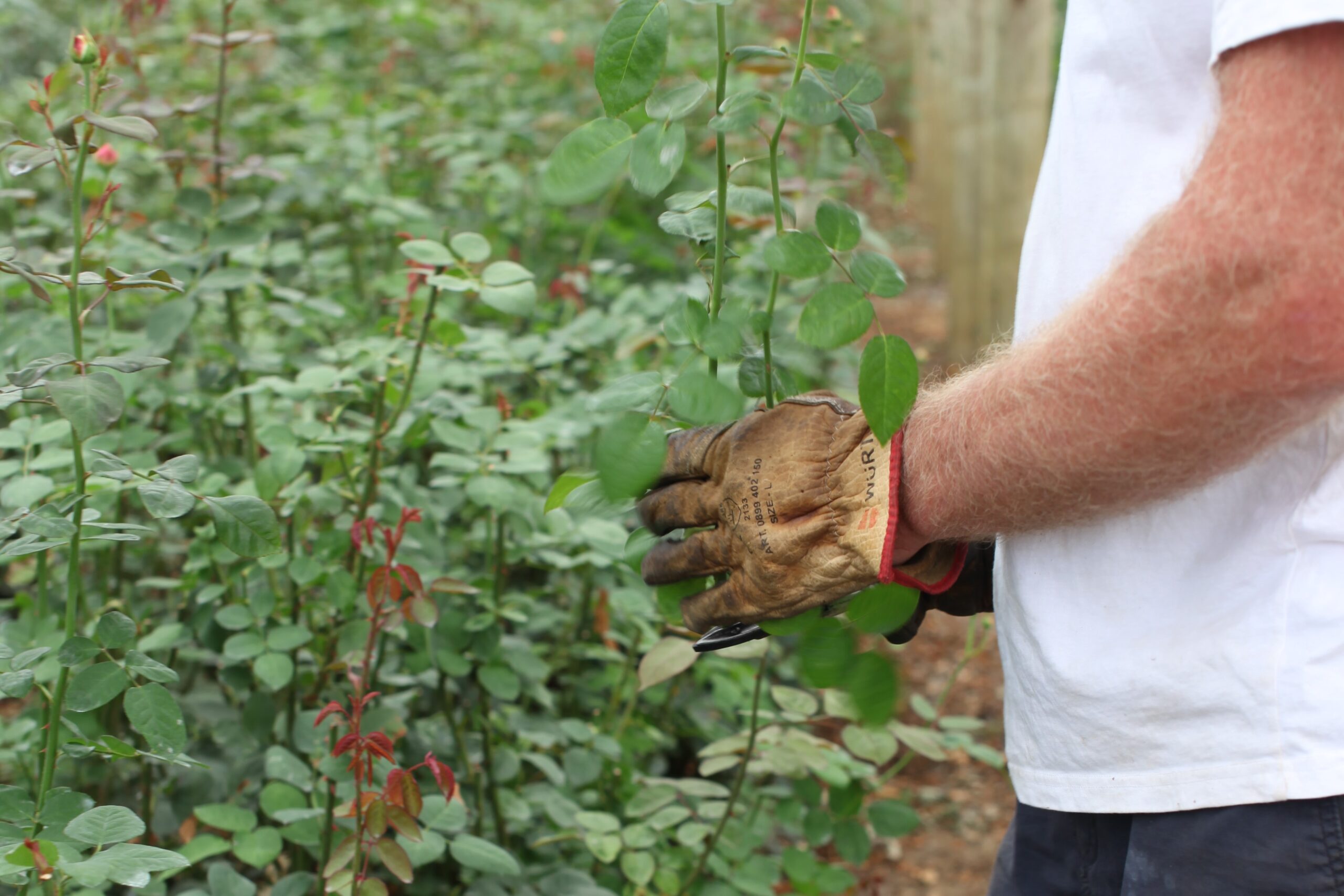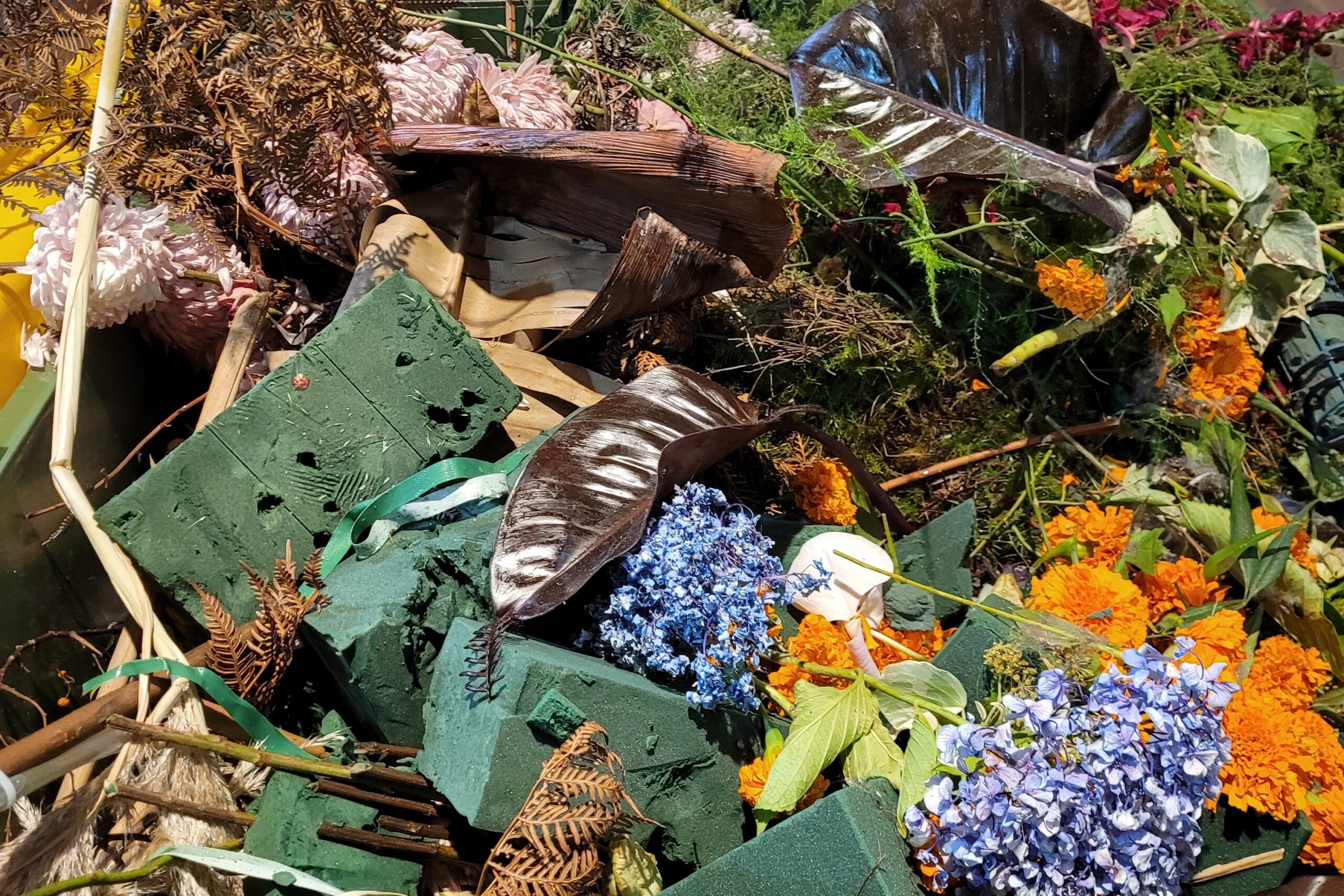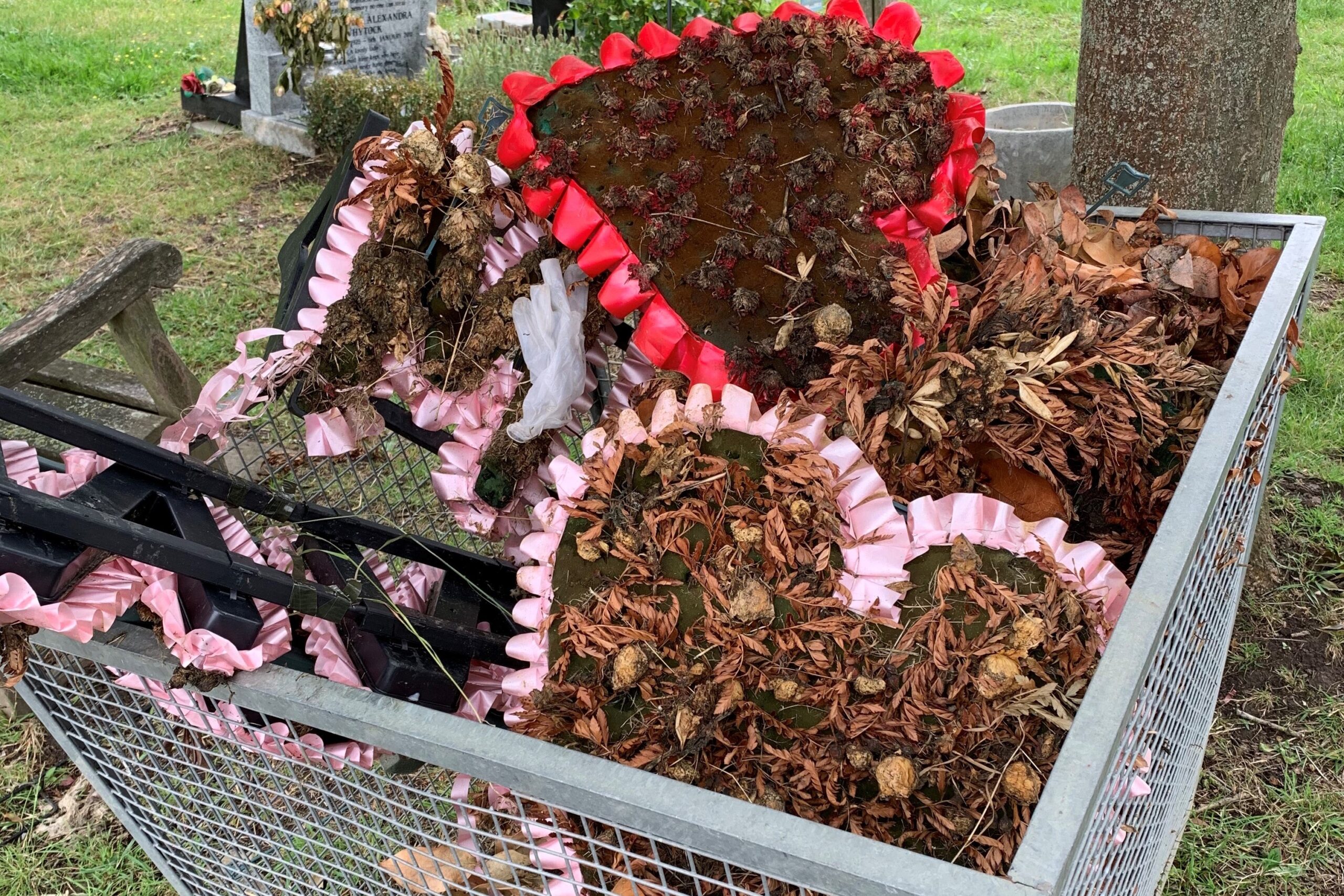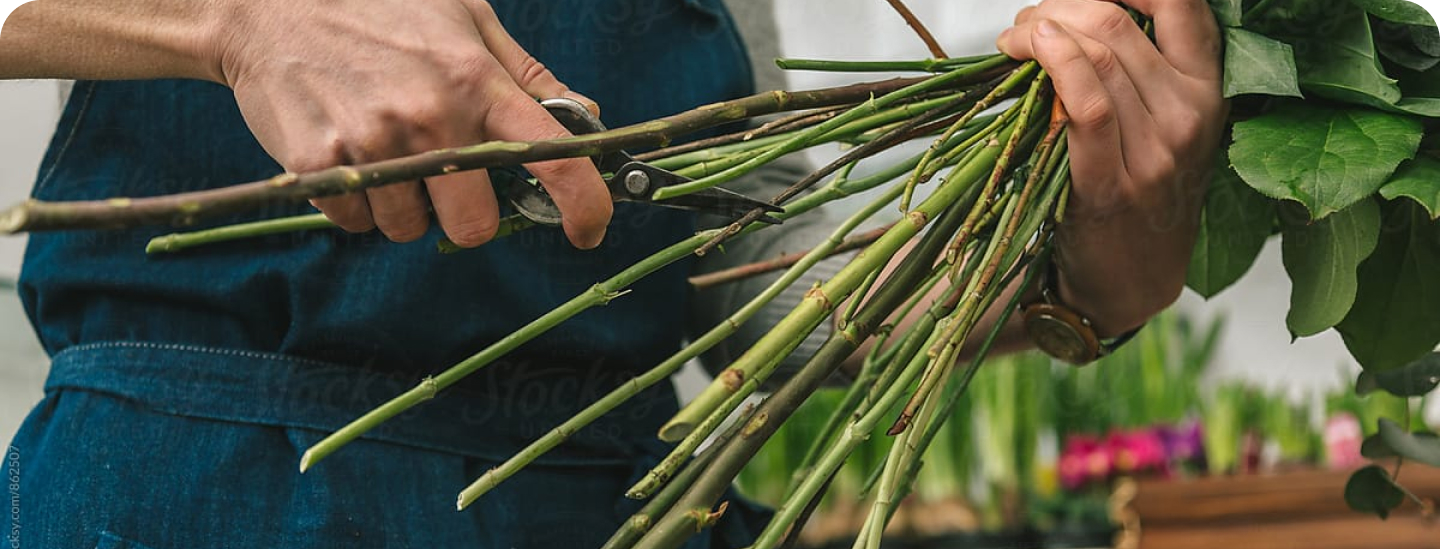Campaigns
SFN Campaigns work toward a greater understanding of sustainable floristry, and the positive changes we can make.
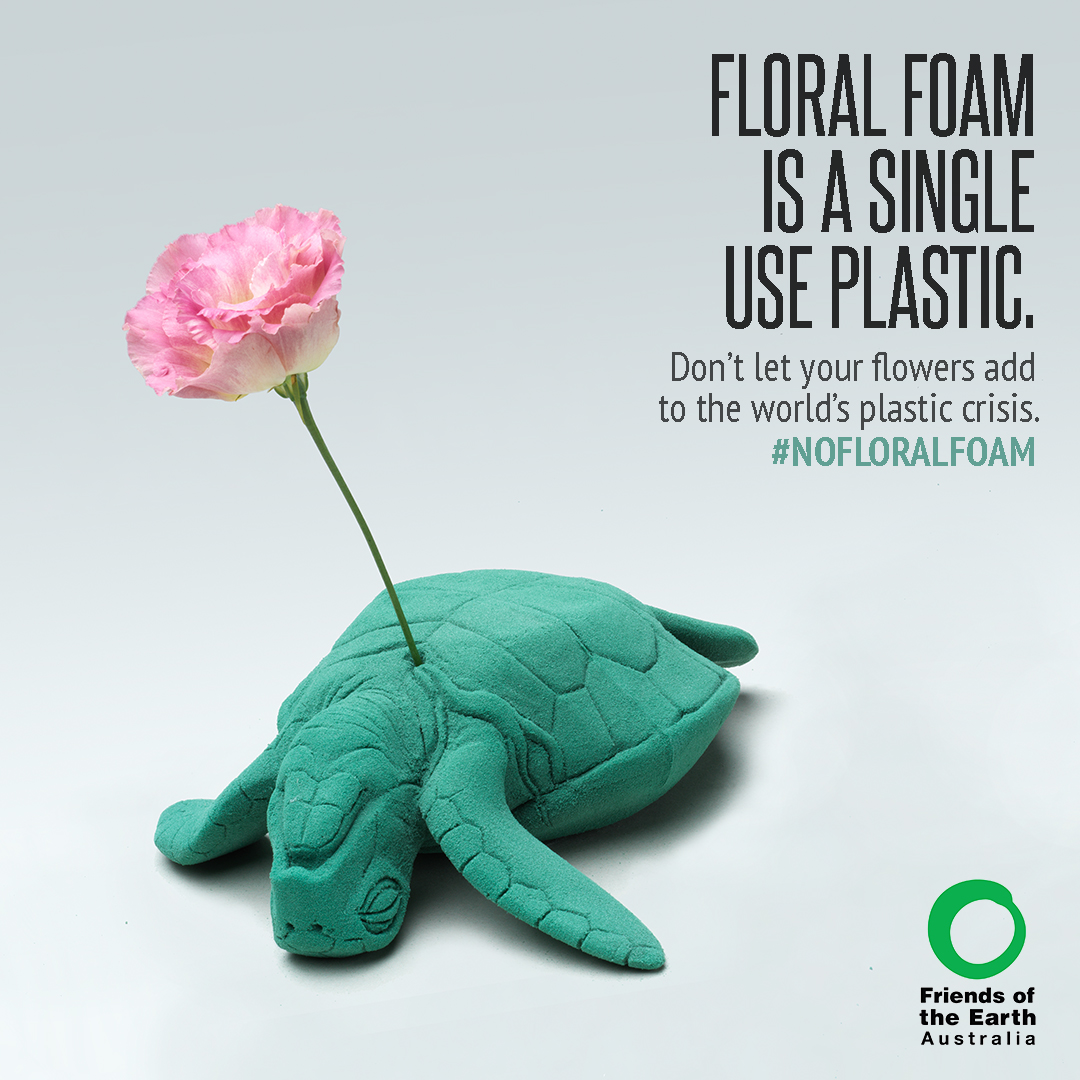
#nofloralfoam
#nofloralfoam
For fifty years, an environmentally harmful plastic foam has been the primary tool for floral design.
The #nofloralfoam movement evolved through Instagram to specifically address this problem. The campaign has resulted in thousands of florists from all over the world abandoning its use.
The SFN’s position is that there is no place in sustainable floral design for plastic floral foam. We’re for nature-based floristry, not foam-based.
We’re here to see it banished from the industry by supporting those florists who choose not to use it, lobbying regulators and educators to see it replaced with more sustainable techniques and products, and encouraging flower lovers to select designs without foam.
#zerowastefloristry
For an industry that celebrates nature, floristry produces excessive amounts of waste. But it doesn’t need to be that way.
Flowers are happiest in a vase of water. And given that the overwhelming majority of flowers are sold as bunches and taken home and put in a vase – that’s just as well!
And at the end of their life, cut flowers that haven’t been chemically preserved can be placed in the green waste/compost. The more organic material we divert into composting schemes, the fewer greenhouse gas emissions we create.
By avoiding single-use plastics and making it easy for customers to divert packaging waste into domestic recycling streams, florists can create #zerowastefloristry.
By requesting simple paper wrapping, reusable vessels and avoiding complicated packaging, flower lovers can cut the waste footprint of their purchase dramatically.
The SFN’s position is that #zerowastefloristry is possible, provided that we support circular economy objectives and consider the entire life-cycle of the materials we use, from manufacture, through to disposal.
Zero waste floristryLocal and seasonal
Just like food, the science tells us that buying commercially-grown flowers that are in-season locally produces the smallest environmental footprint.
In fact, the carbon footprint of a mixed bouquet of locally-grown flowers from the UK has been shown to be 10% of a similar-sized bunch using imported, counter-seasonal varieties.
The science behind growing crops is fairly straight-forward. Growing crops seasonally generally means less energy and resources (heating, cooling) are needed to produce a crop. Buying locally means that the energy required for transport is reduced.
The SFN’s position is that by choosing to purchase locally-grown, seasonal cut-flowers wherever possible, florists and their customers are working to reduce the carbon and chemical footprint of their flowers.
These ideas follow on from the Slow Flowers Movement from the US.
#slowflowers, #localandseasonalflowers, #grownnotflown
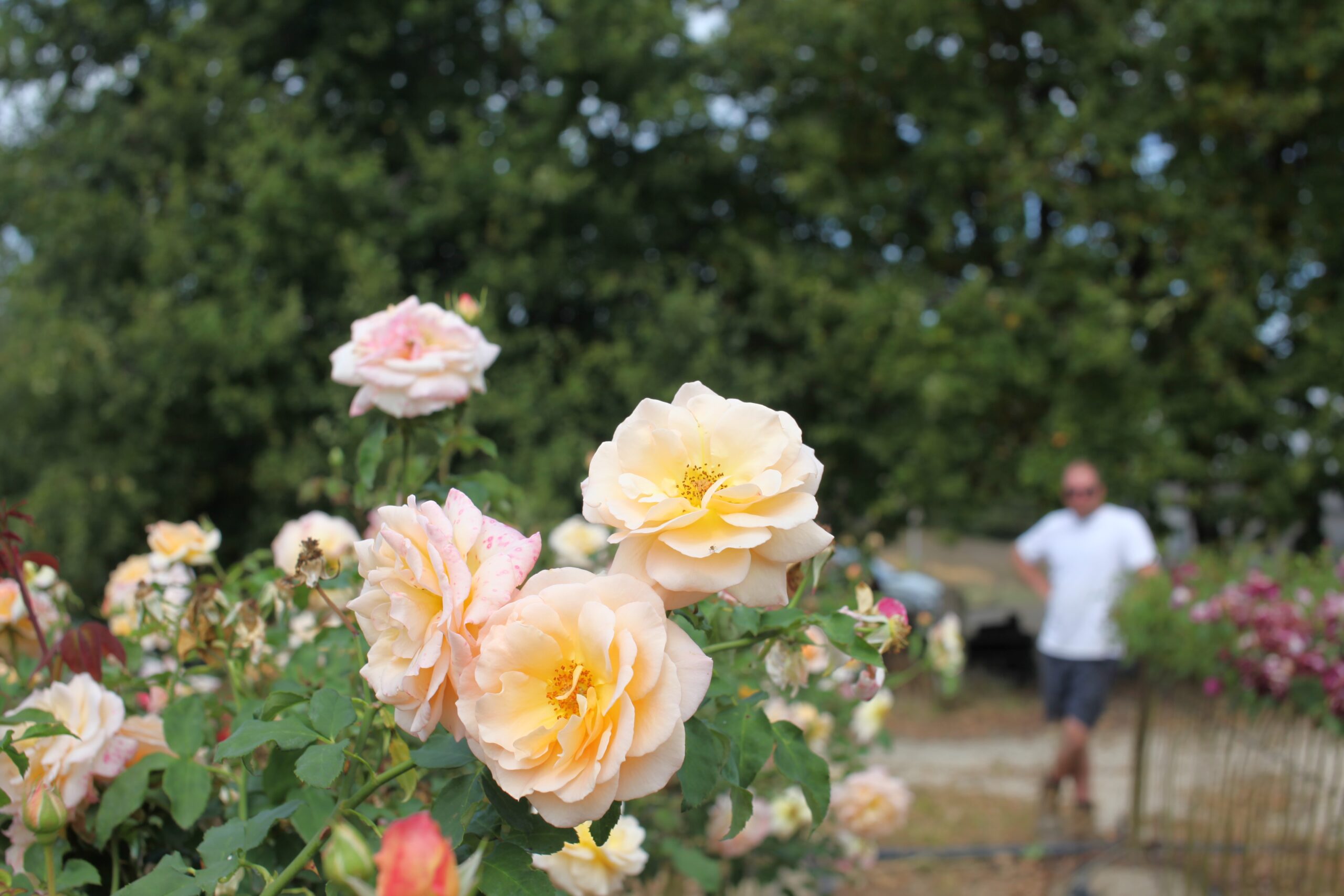
In season, locally.
